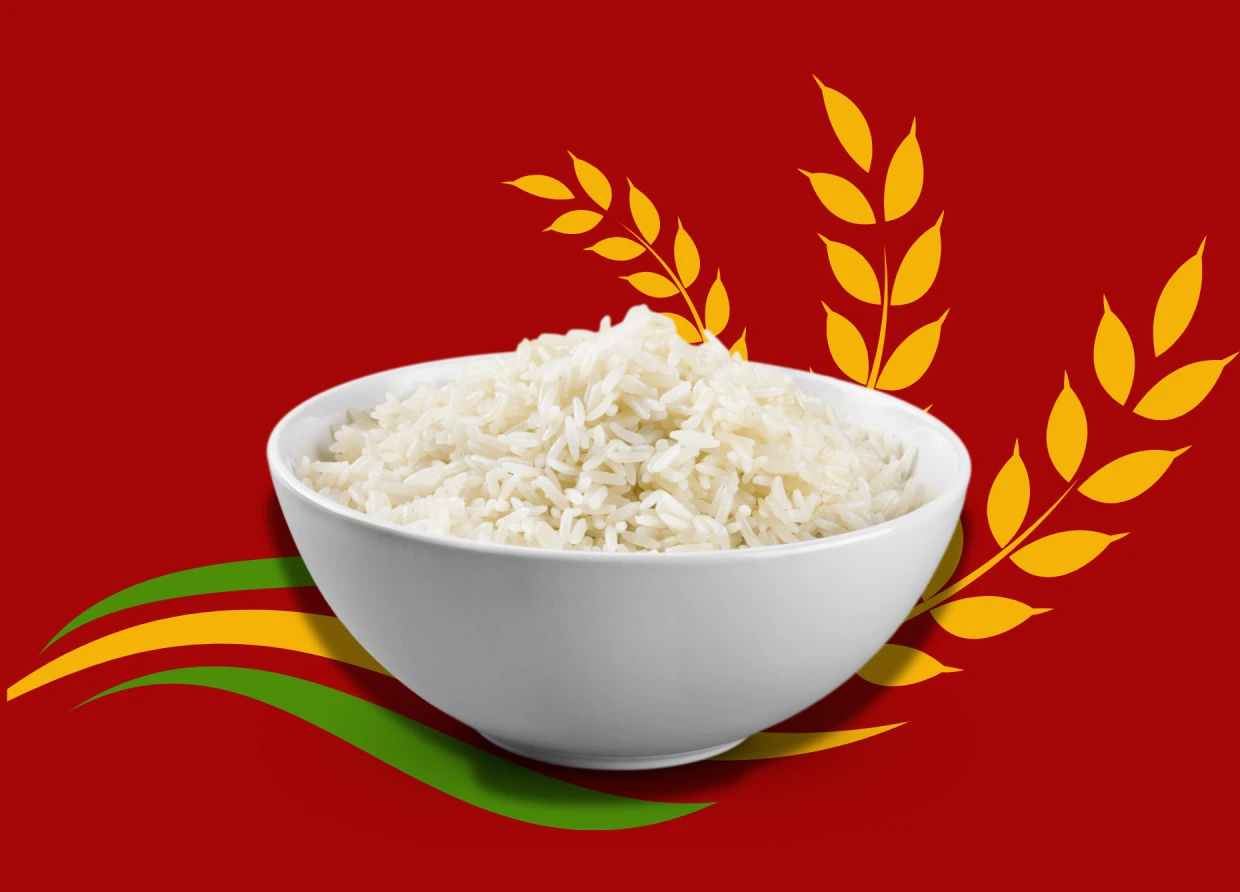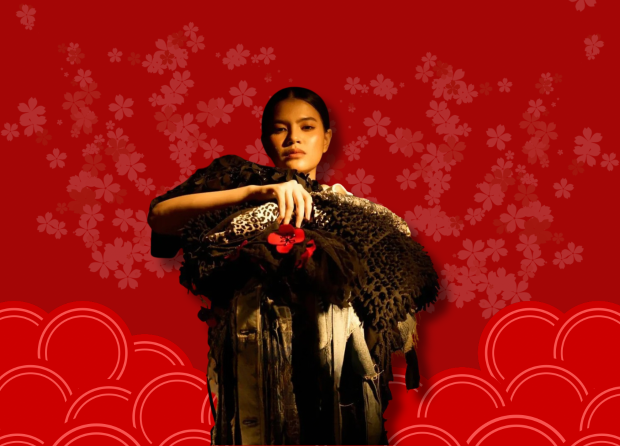WHITE RICE: STAPLE, SUPERFOOD, OR OVERRATED? THE TRUTH ABOUT JAPAN’S FAVORITE GRAIN
Debunking the Myths: Is White Rice Really Bad for You?

White rice is the heart of Japanese cuisine, appearing in everything from sushi to simple home-cooked meals. But in an era of health-conscious eating, many wonder—does white rice deserve its reputation as a nutritional staple, or is it an outdated choice compared to brown rice and other grains?
The Role of White Rice in Japanese Culture
Rice isn’t just food in Japan—it’s a tradition. From elaborate kaiseki meals to everyday bowls of gohan, white rice serves as a foundation for countless dishes. Its mild flavor and soft texture make it the perfect complement to bold flavors like soy sauce, miso, and fermented foods.
But beyond taste and tradition, white rice is also deeply rooted in Japan’s agricultural history. Farmers have cultivated rice for centuries, refining techniques that ensure quality and consistency. Unlike in some Western diets, where rice is seen as a side dish, in Japan, it often takes center stage.
Is White Rice Bad for You?
One of the biggest concerns about white rice is its lack of fiber compared to brown rice. Since the bran and germ are removed during processing, white rice loses some of its original nutrients. However, this doesn’t mean it’s unhealthy.
White rice is easily digestible, making it an excellent choice for those with sensitive stomachs or digestive issues. It also provides a quick source of energy, which is why it’s favored by athletes and those who engage in physically demanding work.
Additionally, white rice in Japan is often paired with fiber-rich vegetables, fermented foods, and protein sources like fish and tofu. This balance helps offset any potential downsides of white rice alone.
White vs. Brown Rice: Which Is Better?
Brown rice has more fiber and micronutrients, but it also has a firmer texture and a slightly nutty taste that some find less appealing. While brown rice has a lower glycemic index—meaning it causes a slower rise in blood sugar—this isn’t always a deal-breaker.
Many Japanese people prefer a blend of both, sometimes mixing white and brown rice to create a compromise between texture and nutrition. Other alternatives, such as germinated brown rice (hatsuga genmai), offer a softer bite with added nutrients.
How to Enjoy White Rice Without Guilt
If you love white rice but want to maintain a balanced diet, here are some simple strategies:
- Pair it with protein – Adding fish, tofu, or lean meats helps slow digestion and balance blood sugar.
- Load up on vegetables – A colorful meal with plenty of greens and fermented foods enhances nutrition.
- Try mixed grains – Some Japanese households add barley or millet to white rice for extra fiber and texture.
White rice isn’t going anywhere in Japanese cuisine, and it doesn’t have to disappear from your diet either. Rather than avoiding it entirely, consider how it fits into an overall balanced meal.
#THE S MEDIA #Media Milenial #white rice #Japanese cuisine #rice in Japan #kaiseki meals #gohan #rice and tradition #white rice nutrition #brown rice vs white rice #fiber content #rice digestibility #healthy eating #fermented foods #rice and vegetables #glycemic index #rice pairings #protein sources #tofu #fish #mixed grains #barley #millet #Japanese diet #rice and balance #healthy meal choices #rice alternatives


























